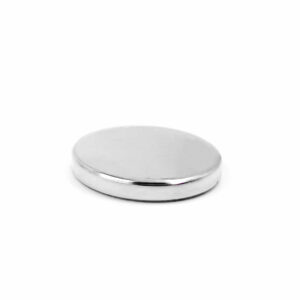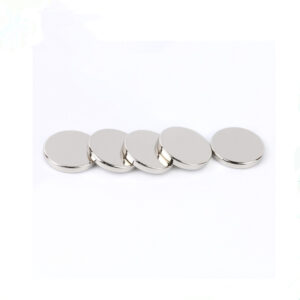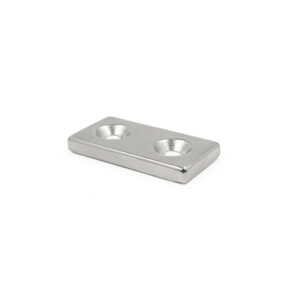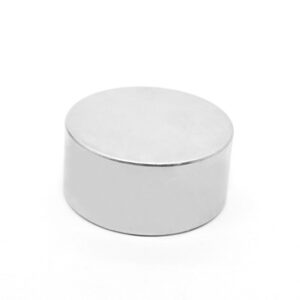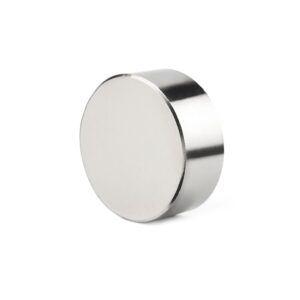NdFeB Magnets
Manufacturer in China
Leading manufacturer of rare earth permanent magnets. Superior neodymium iron boron magnetic materials engineered for demanding industrial applications worldwide.
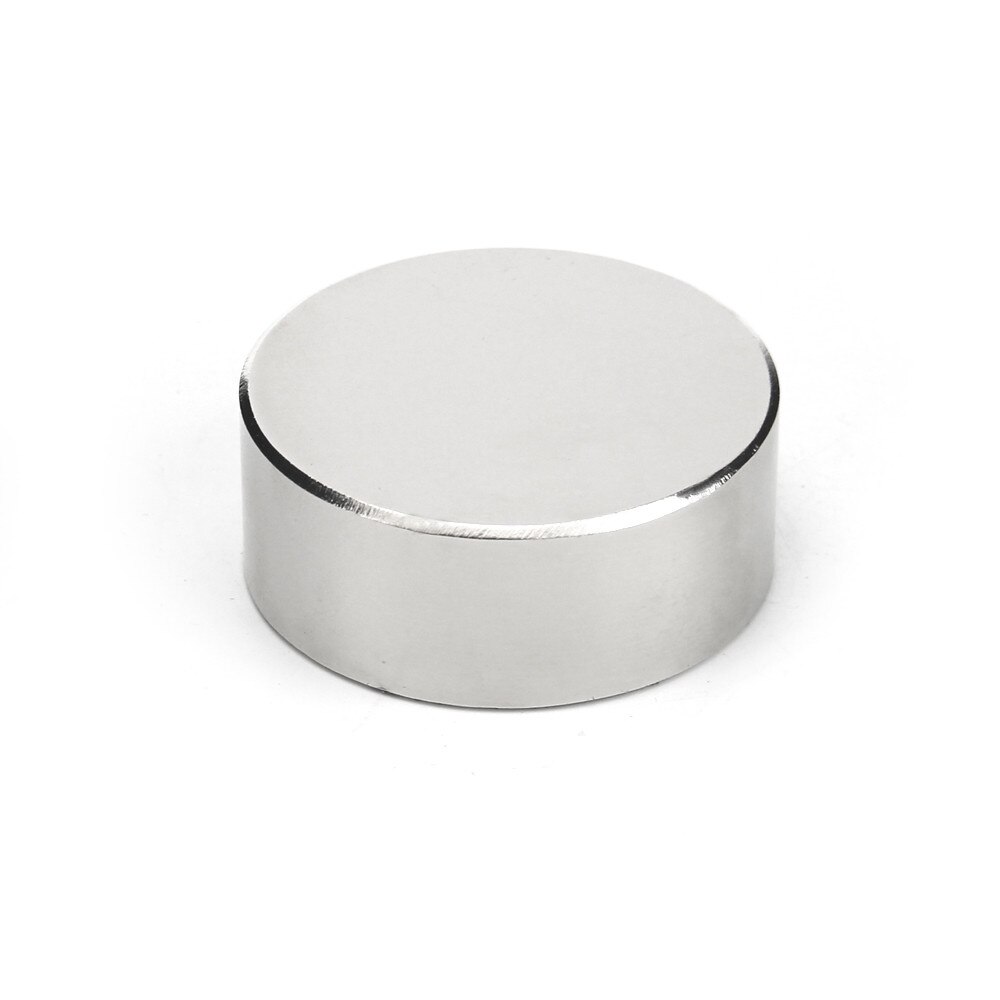
A Brief Introduction to Neodymium Magnets (NdFeB)
Welcome to our detailed guide on Neodymium magnets, often recognized as the most powerful permanent magnets available today. Also known as NdFeB magnets, these rare-earth magnets have revolutionized countless industries with their incredible strength and efficiency. This page will provide a comprehensive overview, from their composition and manufacturing process to their wide-ranging applications and key properties.
What is a Neodymium Magnet?
A Neodymium magnet is a type of rare-earth magnet made from an alloy of neodymium, iron, and boron (Nd2Fe14B). They were first developed in the 1980s and quickly surpassed other magnet types in terms of magnetic performance. Their exceptional magnetic strength has earned them the popular nickname “super magnets.” Their high magnetic force allows for the design of smaller, lighter, and more powerful components, making them indispensable in modern technology.
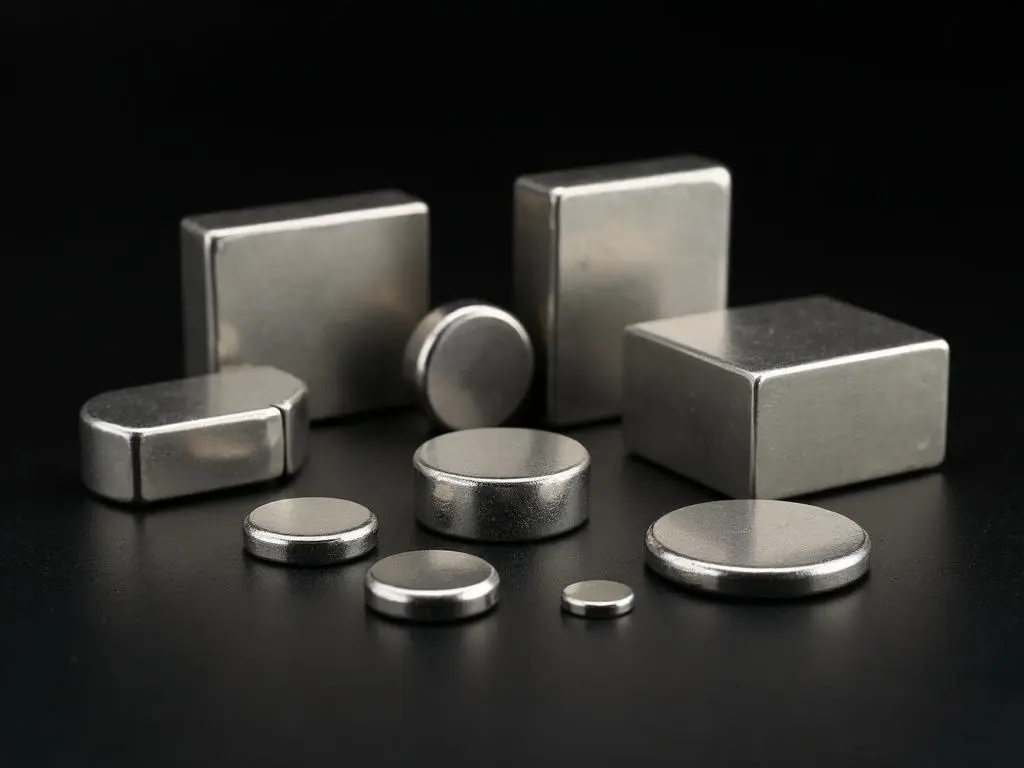
Step-by-Step Manufacturing Process of Sintered NdFeB Magnets
1. Raw Material Preparation and Alloying
High-purity elements—neodymium (Nd: 25-35%), iron (Fe: 60-70%), boron (B: 1-2%), and additives like dysprosium (Dy) or terbium (Tb) for heat resistance—are sourced.
- These are melted in a vacuum induction furnace at 1,400-1,500°C to form an ingot, preventing oxidation.
- The ingot is strip-cast (rapidly cooled on a wheel) into thin ribbons, which are then hydrogen-decrepitated or jet-milled into fine powders (2-10 microns).
Powder quality is paramount—any oxygen contamination can degrade performance.
2. Powder Blending and Alignment Preparation
Powders are blended for uniformity, often with lubricants to aid pressing.
- For anisotropic magnets (standard for high performance), particles are aligned in a magnetic field during subsequent steps.
- The blend is stored in inert atmospheres to avoid reactions with air or moisture.
This ensures a consistent starting material for compaction.
3. Pressing and Compaction
The powder is die-pressed under 500-1,000 MPa in a hydraulic press, forming a “green” compact.
- A strong magnetic field (10,000-20,000 Oe) is applied during pressing to align the crystal grains, creating anisotropy.
- Isostatic pressing may follow for even density, achieving 50-60% theoretical density.
Shapes like blocks, cylinders, or arcs are formed here, though complex geometries require post-machining.
4. Sintering and Densification
The green compact is sintered in a vacuum furnace at 1,000-1,100°C for 1-4 hours, fusing particles into a dense solid (7.4-7.6 g/cm³).
- Liquid-phase sintering occurs as low-melting phases help bond grains.
- Controlled cooling prevents cracks, and the process is done under argon or vacuum to minimize oxidation.
This step locks in the magnetic properties, with grain boundaries refined for high coercivity.
5. Heat Treatment and Machining
Post-sintering, magnets undergo annealing at 500-900°C to optimize microstructure and relieve stresses.
- Machining uses diamond tools or wire EDM to achieve precise shapes, as sintered NdFeB is very hard.
- Protective coatings (e.g., nickel, zinc, epoxy, or parylene) are applied via electroplating or spraying to combat corrosion.
Tolerances can be as tight as ±0.01 mm for demanding apps.
6. Magnetization and Quality Testing
The finished magnet is magnetized in a pulse magnetizer with fields up to 50,000 Oe.
- Testing includes hysteresis loop analysis for Br, Hc, and BHmax, plus checks for density, microstructure, and defects using X-ray or ultrasonic methods.
- Compliance with standards like RoHS ensures no harmful substances.
Approved magnets are often shipped demagnetized for safety.
Industry Applications
Renewable Energy
Wind turbine generators, solar tracking systems, and energy storage solutions
Key Applications:
- Wind Generator Magnets
- Solar Panel Actuators
- Energy Storage Systems
Automotive Industry
Electric vehicle motors, power steering systems, and sensor applications
Key Applications:
- EV Traction Motors
- Power Steering
- ABS Sensors
- Fuel Injection Systems
Electronics & Computing
Hard drives, speakers, microphones, and magnetic sensors
Key Applications:
- HDD Voice Coils
- Audio Equipment
- Magnetic Sensors
- Actuators
Industrial Automation
Servo motors, linear actuators, magnetic separators, and lifting equipment
Key Applications:
- Servo Motors
- Linear Motors
- Magnetic Separators
- Magnetic Lifters
Medical Equipment
MRI machines, medical pumps, and diagnostic equipment
Key Applications:
- MRI Systems
- Medical Pumps
- Diagnostic Tools
- Therapeutic Devices
Aerospace & Defense
Guidance systems, actuators, and specialized military applications
Key Applications:
- Navigation Systems
- Missile Guidance
- Satellite Equipment
- Radar Systems
Our Products
-
Neodymium Magnet N40 D30*3mm
-
Neodymium Magnet N42 Cylinder Magnets D8*12mm
-
Neodymium Magnet N45 Square Magnets 12*6*3mm
-
Neodymium Magnet Super Strong N33 Disc Magnet D24.5*3mm
-
Neodymium Magnet Super Strong N52 Custom Disc Magnet D8x3mm
-
Neodymium N42 Disc Countersunk Hole Magnets 40*20*5mm
-
Super Strong N52 Neodymium Disc Magnet D40*20mm
-
Super Strong Neodymium Disc Magnet N52 D50*20mm
Get In Touch
Join hundreds of satisfied customers who trust HS Magnet for their critical magnetic applications.
Contact our expert team for technical consultations, custom solutions, or product inquiries

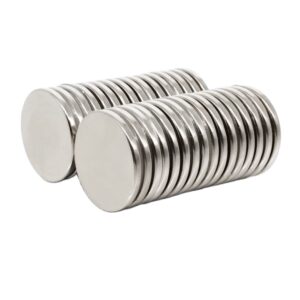
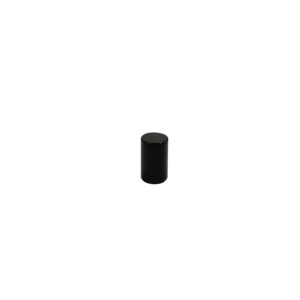
--300x300.jpg)
